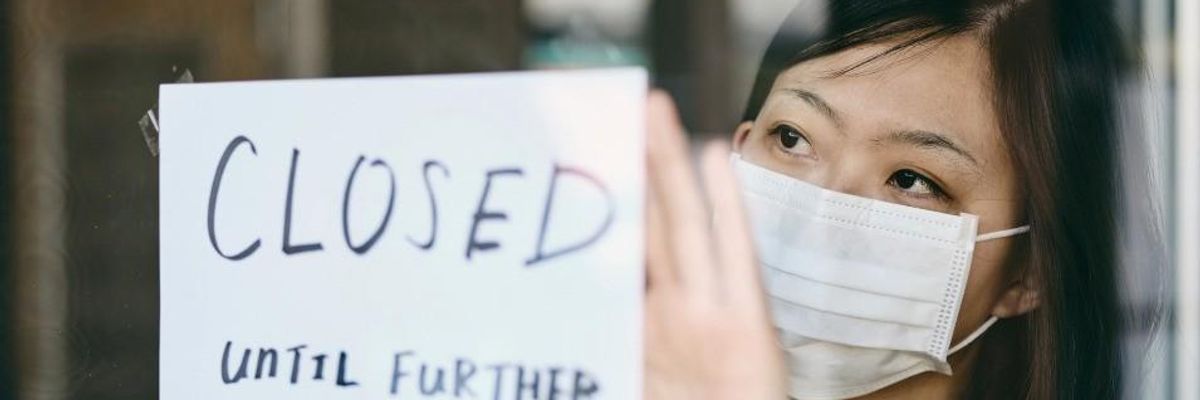Friday new jobs report from the Bureau of Labor Statistics shows three months in a row of payroll employment gains, an increase in jobs of 1.8 million in July on top of 4.8 million in June and 2.7 million in May. But, because so many jobs were lost in March and April, we are still 12.9 million jobs below where we were in February, before the pandemic spread. The slowdown in jobs gained is likely due to a resurgence of the coronavirus and re-shuttering in parts of the country.
As with June, the bulk of the job gains occurred in leisure and hospitality (592,000), primarily food services and drinking places (502,000). Even with these gains, this sector remains down 2.6 million jobs since February. Retail trade employment also added jobs (258,000), followed by professional and business services (170,000) and other services (149,000).
Then, there's the reported significant increase in public sector employment, which should be completely discounted in this report. Public sector employment, however, remains 1.1 million below its level in February. We've seen large reductions in state and local public sector employment--a sector which disproportionately employs women and Black workers--over the last few months. Given that a significant share of these are in public education and that they happened at a time of year when they wouldn't usually occur, it's likely that the artificial uptick in jobs in those sectors in July occurred when the seasonal adjustment would have smoothed out the end of the school year. So, I'd warn data watchers to consider those gains with a grain of salt, and to look at the overall changes from February (pre-COVID-19) to July.
The unemployment rate also fell in July, from 11.1% in June to 10.2% in July. At this level, the unemployment rate remains higher than the worst month of the Great Recession, when it hit 10.0% in 2009. If workers who were sidelined as a result of the coronavirus--either out of the labor force or misclassified as employed not at work--were included, the unemployment rate would be 13.8%. After continuing to rise in June, the unemployment rate for Black men finally saw some mild improvement, falling from 16.3% in June to 15.2% in July, but remains significantly higher than other race and gender groups. Latina workers, who had faced the highest unemployment rates in this recession at 20.2% in April, are now down to 14.0%. Across the board, the unemployment rates are still quite high and the unemployment insurance data released yesterday suggest the pain is likely to continue for a long time.
Federal policymakers need to act now to reinstate the $600 unemployment insurance benefits to the 30+ million workers who are desperately trying to make ends meet. And, those benefits are supporting a huge amount of spending, which means, with it, the loss of about five million jobs.
Federal policymakers also need to provide massive fiscal relief to state and local governments so they can continue to provide necessary services and prevent unnecessary cuts to their budgets as their revenue falls. In fact, they could do one better and increase public-sector employment through the hiring of additional public health workers and contact tracers. With virtual, and in some cases hybrid, school openings planned, there will need to be more public education staff, not less, in coming months.
